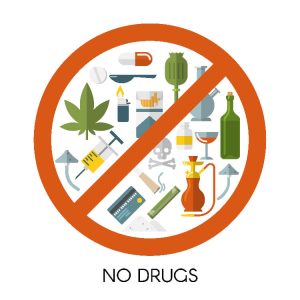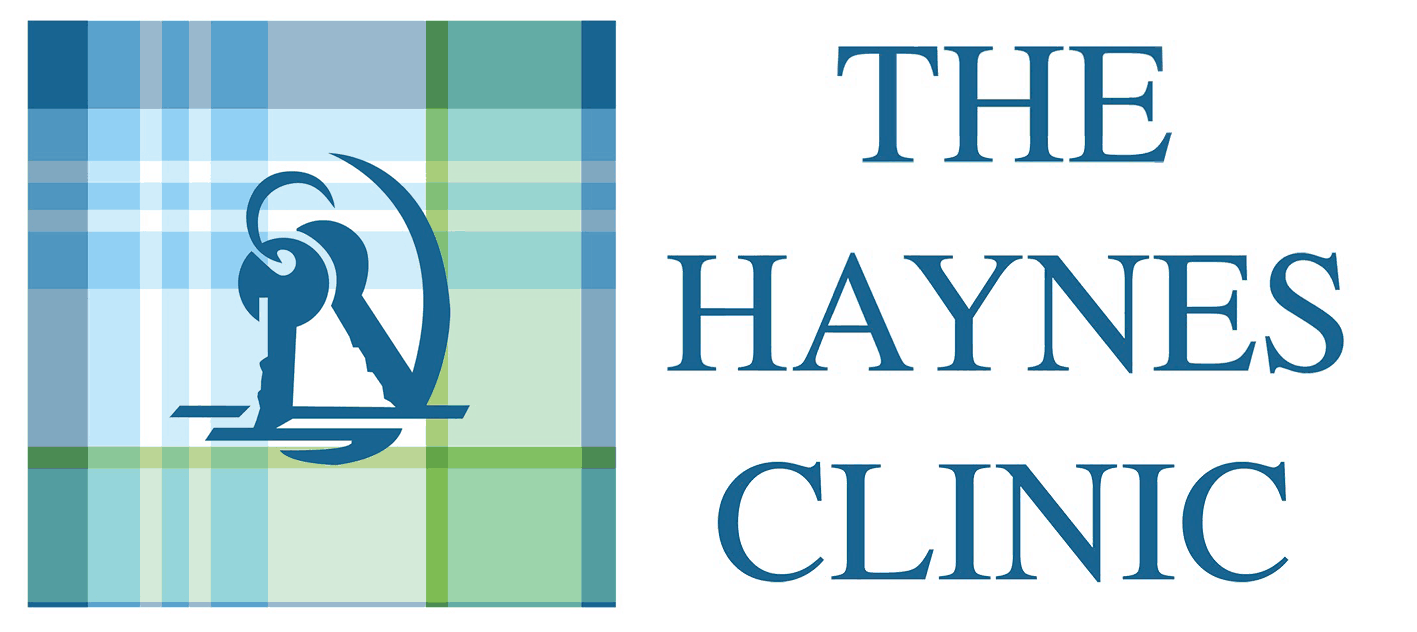Check out the drug rehab’s treatment programme before booking

It is very important when choosing a residential drug rehab that you are clear on the therapeutic treatment that is being offered and have an idea of the weekly timetable. Before being admitted for treatment, most addicts’ lives would have been chaotic and disorganised due to their addictive thinking and behaviour. Structure therefore needs to be re-introduced into their lives through the daily programme offered by the residential drug rehab unit.
The importance of a 12 Step Programme in a drug rehab
95% of all drug addiction rehabs or drug detox clinics in the UK have their treatment modality based upon the 12 Steps of Alcoholics Anonymous. This method has proven to be so successful in helping people find recovery from their addictive behaviour that it has been adopted by other support groups such as Cocaine Anonymous, Narcotics Anonymous and Gamblers Anonymous. However, a significant number of people will openly say “AA,” or “the 12 Step programme is not for me,” when it has a long term proven track record of helping so many people over so many years.
People usually say this due to a misunderstanding of the programme and how it works – or they may have attended a 12 step fellowship meeting such as AA when they were not ready to stop. This will mean that they will only have heard ‘the differences’ and not ‘the similarities’ with their own experience.
Part of each day will be taken up with workshops or educational sessions to help to gain an important understanding of what the 12 Steps mean and in particular to grasp the concept of the first 3 Steps. In simple terms:
Step 1 is about not just admitting that there is a problem but to be accepting that something needs to be done about it and for the individual to be willing to do something about it. It’s basically a thinking Step
Step 2 is also a thinking Step. It involves the alcoholic / addict acknowledging who it is who can help them. Generally speaking that would be others who are in Recovery.
Step 3 is the action Step where those people identified in Step 2 are asked to actually help.
In essence, these three Steps are exactly what the addict is doing by going into treatment. They will have tried cutting back, stopping all together, going to the gym, changing mobile phone, destroying their dealer’s telephone number and many other things. All efforts to make changes will have failed and the individual has to finally admit that their way does not work. So, step 1 – yes there is a problem and the individual is willing to do something about it. Step 2 – they have recognised that an addiction rehab clinic is somewhere that can help them. Step 3 – they have actually asked for help from the residential drug rehab clinic and have been admitted into treatment. The final requirement of the 3rd step is to let the staff and therapists help and to be guided and take direction from them.
The therapists and staff who work in a residential addictions clinic are usually in recovery themselves from an alcohol or drug addiction and have already been through the same treatment process. They will be asking the alcoholic / addict to do the same things that they did themselves to get well and live a better life in recovery.
A good drug rehab will require written work as part of the treatment programme
The vast majority of good drug addiction rehab treatment programmes will require written work to be completed. This will range from a daily diary to work on the Steps. Most good programmes will require the work to be hand written and not on a computer, as there is therapeutic value in this. No one has to read the individual’s writing – that is for them to read back to the counsellors and therapists. The therapists can acknowledge their daily feelings from their diary and also check that they are truly understanding the concept of the Steps from the lectures and workshops.
Drug addiction rehab treatment is just the start
It is very important to remember that from the day that treatment begins the programme of Recovery has begun. It has a start date but there is no fixed end date. It is intended and hoped that everyone engages with the programme, makes changes to their addictive thinking and behaviour and leads a life free from addiction. However, it is a simple programme for over complicated people.
Some see the written work as part of a pass or fail course and, when they get what they perceive as negative comment (which is usually constructive feedback) from the therapists, they forget that the therapists have sat where they have and are only trying to redirect their thinking and understanding. Going into treatment is taking the first step on a bridge to normal living.
Relaxation in a drug rehab clinic
Alongside workshops and lectures there is, at The Haynes Clinic and in some other drug addiction rehab clinics, sessions of meditation and yoga plus the opportunity to go twice a week to a local private health club where there is a swimming pool.
Types of therapy in drug rehab
The type of therapy used in addiction rehab is broadly Cognitive Behavioural Therapy, which helps people to process realistic and unrealistic behavioural actions and associated thinking. Most of the therapy is undertaken within a group environment with each group being facilitated by at least one therapist. This is a very effective method for helping those with an alcohol or drug addiction.
One to one therapy is available to help with anything of a particularly sensitive nature which, having been processed with a therapist, if appropriate it may be encouraged to share with the group. Apart from developing a trust with the therapists and staff there will be a growing bond with other group members as participants learn to share and are not judged.
Attendance at support groups outside the drug rehab

There will also be attendance at support groups such as AA, NA and CA. This is beneficial as, not only will it be possible to ask in depth questions on the function of the groups to get a better understanding but, by starting to go to these support groups with other group members who are also in treatment, this makes it easier for people to be comfortable attending weekly meetings nearer to their home address after leaving treatment. Ongoing attendance at support groups is a critical factor for remaining in recovery. Many people have relapsed because they thought they knew better and stopped attending.
Therapeutic duties
Other changes that people make whilst in treatment is to start to share cooking responsibilities with others and to begin to be proud of maintaining their bedroom in a tidy condition as they start to refocus on values they used to hold.
‘Special relationships’ in addiction rehab are not allowed
At The Haynes Clinic we have accommodation for men and women in separate houses. This allows for separate male and female personal space – and goes some way to preventing inappropriate relationships developing! Once people get into recovery, if they are not already in a relationship they are advised to steer clear of new relationships for at least a year. This is so they can put their recovery first and on a secure footing.
Many people relapse if they start a new relationship and it goes wrong! The Haynes Clinic’s accommodation addresses are always overseen by professional staff and never left unmanaged. Having the two environments, living and work, makes the treatment process more true to life.
How long is a drug rehab programme?
Usually, people will be admitted for a recommended period of 28 days. Sometimes, due to work or financial constraints. then the treatment period can be 14 days.
Preparing for discharge from a drug rehab treatment programme
Before leaving treatment people are asked to produce a personal ongoing plan for maintaining continued recovery when returning home. Plus, for those that have stayed for 28 days, there is once a week aftercare for up to 12 months, either at the clinic or via Zoom meetings if the home address is too far away from the clinic for a day trip. This ongoing support is critical for people to get direct help and support from those they know and have come to trust.
The treatment environment will produce a full spectrum of supressed feelings and emotions once the drug of choice has been removed from laughter to tears but it is an environment where addicts will be professionally supported and helped in every way. It is the first step on the road to Recovery.
